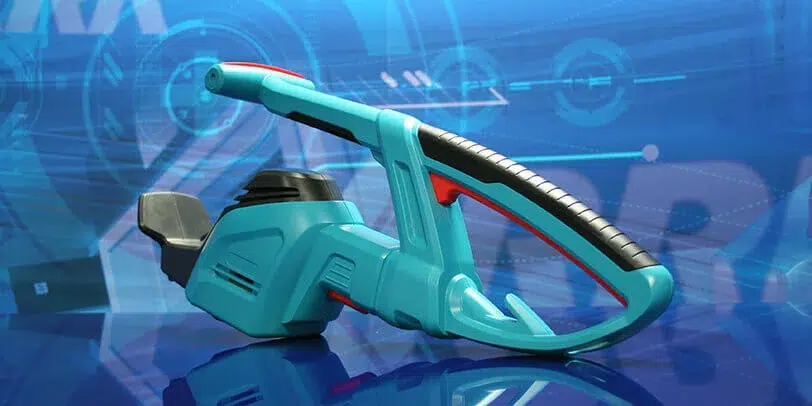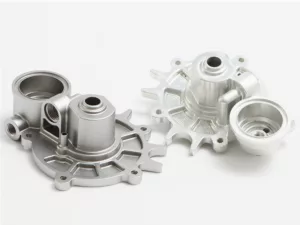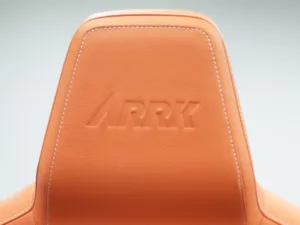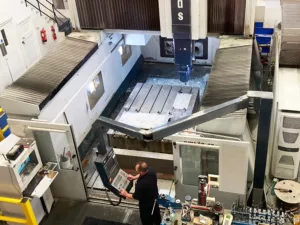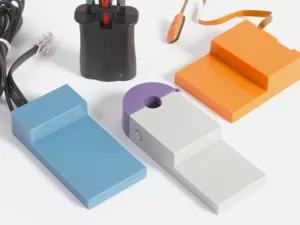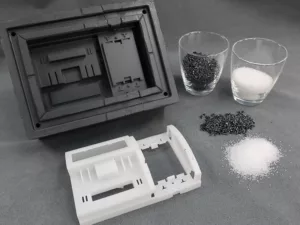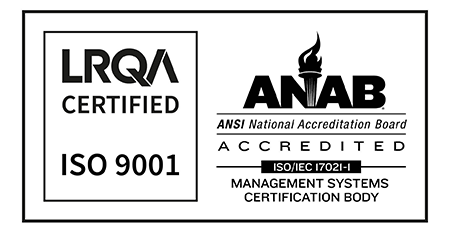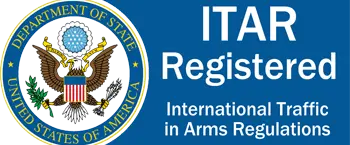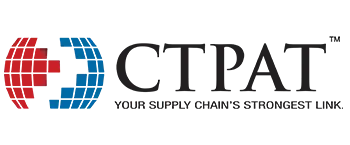Benefits of Urethane Casting
ARRK’s process provides a good low cost and quick turnaround for high value plastic parts. Speed to market is critical and vacuum cast urethane is a perfect solution for on demand prototyping or low volume production. With the rapidly changing market demands in various industries including medical, electronics, robotics, automotive and aerospace you can gain a head start with urethane casting from ARRK. Here are some of the items by industry which urethane castings can play a role in development,
- Automotive: Interior and exterior lighting, dash boards, center consoles, sun visors, grills, bumpers, ducting, and under hood enclosures.
- Medical: Inhalers, surgical bins, equipment panels, test supplies, monitor housings, external panels, and cases for trauma equipment.
- Robotics: Housings, mechanical components, panel covers, and shrouds.
- Industrial Goods: Electronic housings, keyboards, control panels, and handheld devices.
- Consumer Goods: Audio, televisions, power tools, garden power tools, and appliances.
- Aerospace: Seat shrouds, arm rests, lighting, safety equipment cases, and tray tables.
How Urethane Casting Works
The cast urethane process is like injection molding in that liquid plastic is poured into a negative mold of the final part. The major difference is that urethane castings are produced in a “soft” mold made of silicone rubber while injection molding uses a “hard” mold that has been CNC machined. ARRK pours our two-part urethanes into molds inside of vacuum pressure chambers. Designs do not require draft due to the flexibility of silicone molds and undercuts can be replicate using mold inserts if necessary. While a silicone mold wears out quickly it is vastly more cost effective for very low volume and prototype plastic parts with production level quality and surface finishes.
The Master Model: A pattern of the final part is made using a 3D printing process, stereolithography is often chosen for its ability to be finely finished. CNC master models are also a good choice especially due to their strength to produce greater quantities and tighter tolerances.
Mold Creation: Secondly the master model is placed in a form and gating is determined then it is encased in liquid silicone. When the accurate mold cures it is cut into distinct halves so it can be reassembled. Multiple molds can be made from the same master model which makes urethane casting prefect for on demand low volume production runs.
Casting: In the final step of the urethane casting process, the mold is filled under vacuum with two-part materials. The liquid material is then drawn through under vacuum to create void free parts. Once cured the silicone halves are separated and the newly formed part is removed. The process is repeated until the desired quantity is achieved.
ARRK’s Urethane Casting Expertise
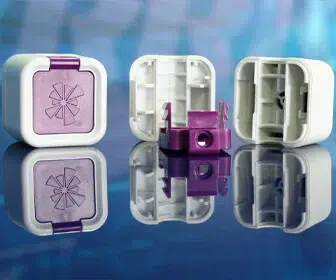
Our urethane casting provides end use, rigid or flexible parts with production level quality in production like materials. We deliver high quality, short-run parts quickly
ARRK offers a wide variety of materials for many specifications. Urethane castings can even be colored or tinted to a wide range of color options matching PMS – Pantone, Federal Standard, RAL, or even provided color samples. Parts can have a smooth finish, high polish, or textured finish.
We can produce lenses, keypads, and housings, even double-shot castings with an ABS-like substrate and rubber overmold around it with the cast in color and texture. Threaded inserts are molded into the parts as needed.
